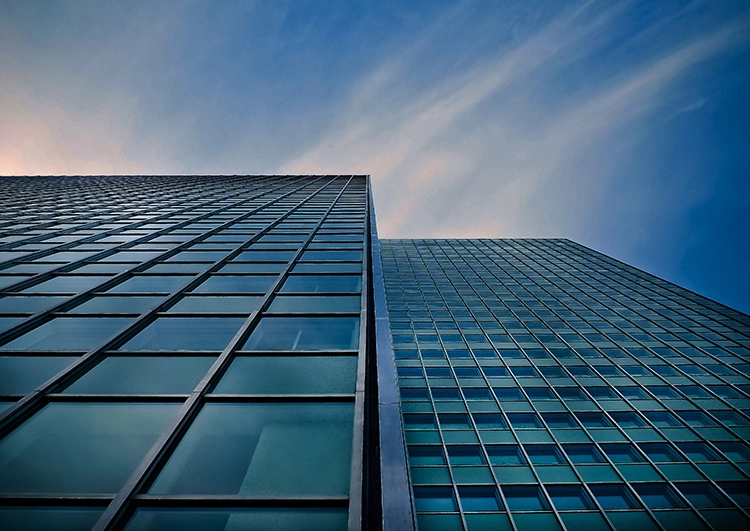Underexposure Vs. Overexposure in Photography

Exposure is an important aspect of photography. But many beginners in photography fail to understand the differences and intricacies between them. A photographer does not always look for capturing correctly exposed photos. Sometimes photographers intentionally capture photos that are either extremely highlighted with lost details or underexposed with low light to bring in some creativity in their work. In this article, we will discuss underexposure vs. overexposure in photography and how to manipulate them for more creativity.
The Terms Related to Exposure
The exposure of an image depends on three settings of a camera- aperture, shutter speed, and ISO sensitivity. Among these three settings, aperture and shutter speed define the amount of light that enters your camera, and as a result, exposure depends on these two settings.
If you want to shoot a correctly exposed photo, you need to maintain a perfect balance between these three settings as each of these has an effect on the final brightness of the image. For example, in an environment with enough brightness, if you choose a wide aperture (say f/2 or f/.4), you will need to compensate for it with the shutter speed and ISO settings. You need to lower the value of either one or both. If you make a mistake in correlation among these three settings, you will end up finding a wrongly exposed photo.
What is Underexposure?
Underexposure results from the low amount of light entering and hitting the camera sensor. The image as a result becomes too dark, with shadows that appear black. So, an underexposed photo has a loss of detail in the dark areas, and it gets difficult to understand what is happening there.
It also makes the darker area of the image too much darker. Overexposure happens because of an imbalance in the aperture triangle, for example, having an extremely high shutter speed with low ISO and low aperture.
What is Overexposure?

When too much light enters the camera and hits the sensor, the incident is called overexposure. Due to overexposure, either the image appears brighter than normal or some parts of the image are washed out due to high brightness.
Due to the loss of details, it gets difficult to understand what is going on there. Like underexposure, overexposure also happens due to an imbalance in the aperture triangle. For example, if the aperture is too wide, or the shutter speed too low with a high ISO will bring out overexposure in photos.
What is Correct Exposure?
A correctly exposed photo is the most obvious and self-explanatory. These photos are the ones that feel just bright or dark enough so that both the highlights and shadows look more natural and comfortable. Theoretically, these types of photos do not lose any details due to extreme highlights and shadows. So these photos are the most relevant to real-life scenarios.
It is important to note that it is kind of impossible to capture perfectly exposed photos in terms of reality even if you use HDR technology. But we can get as close as possible that we did not notice the difference as our eyes also have some inherent limitations.
Creativity Matters
The most important thing is that overexposure or underexposure does not actually matter in creative photography. In most cases, photography does not actually represent the truth or reality, even if anyone tries to bring out the true perspective, he/she has to make a lot of deliberate effort. In other words, photography is always a creative process.
Just like selecting the lens, camera, subject, angle, time, composition, light, settings, color or black and white, film or digital, exposure is a creative choice that you make to achieve a certain goal. That means there is no underexposure or overexposure. All that matters is the correct or incorrect exposure based on your current goal or situation.
The settings that your camera suggests automatically for any given situation may not be the best settings for your goal. These might be mid-range settings for a certain situation, therefore you have to choose your settings deliberately to reach an outcome. Because you know best about which parts of your image should be overexposed or underexposed. So you can see the terms actually do not matter, what matters is what you want to achieve and how you want to achieve it.
Conclusion
We have discussed overexposure Vs. underexposure, and other related terms in detail and how they might help you in creative photography. For a beginner in photography, these might be of immense help especially when he /she is still trying to learn and explore. Happy learning!









